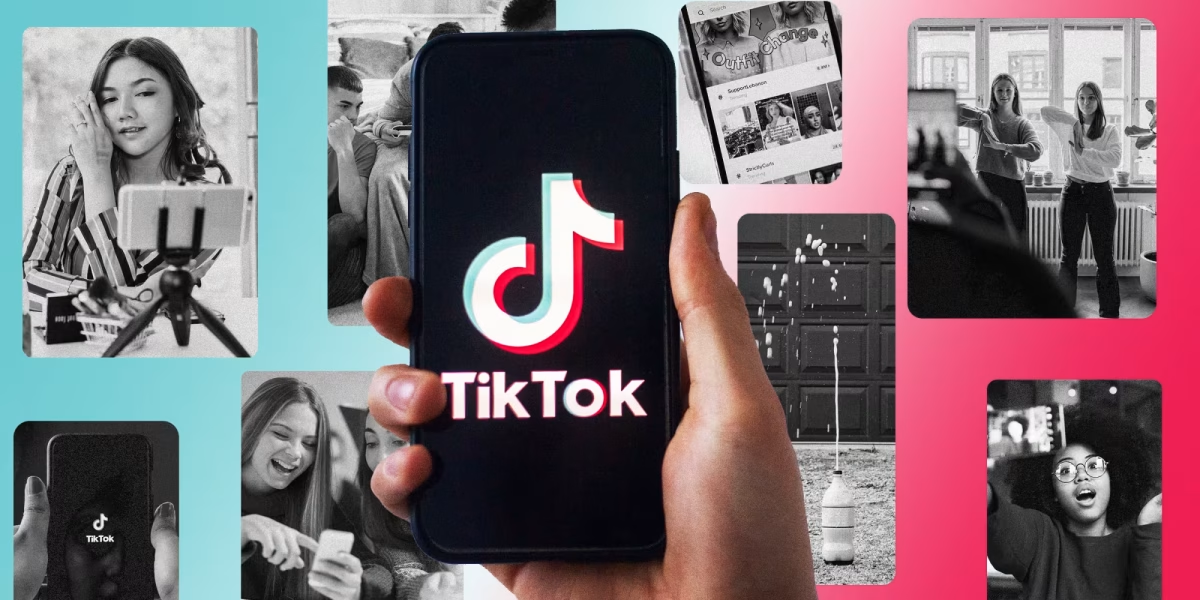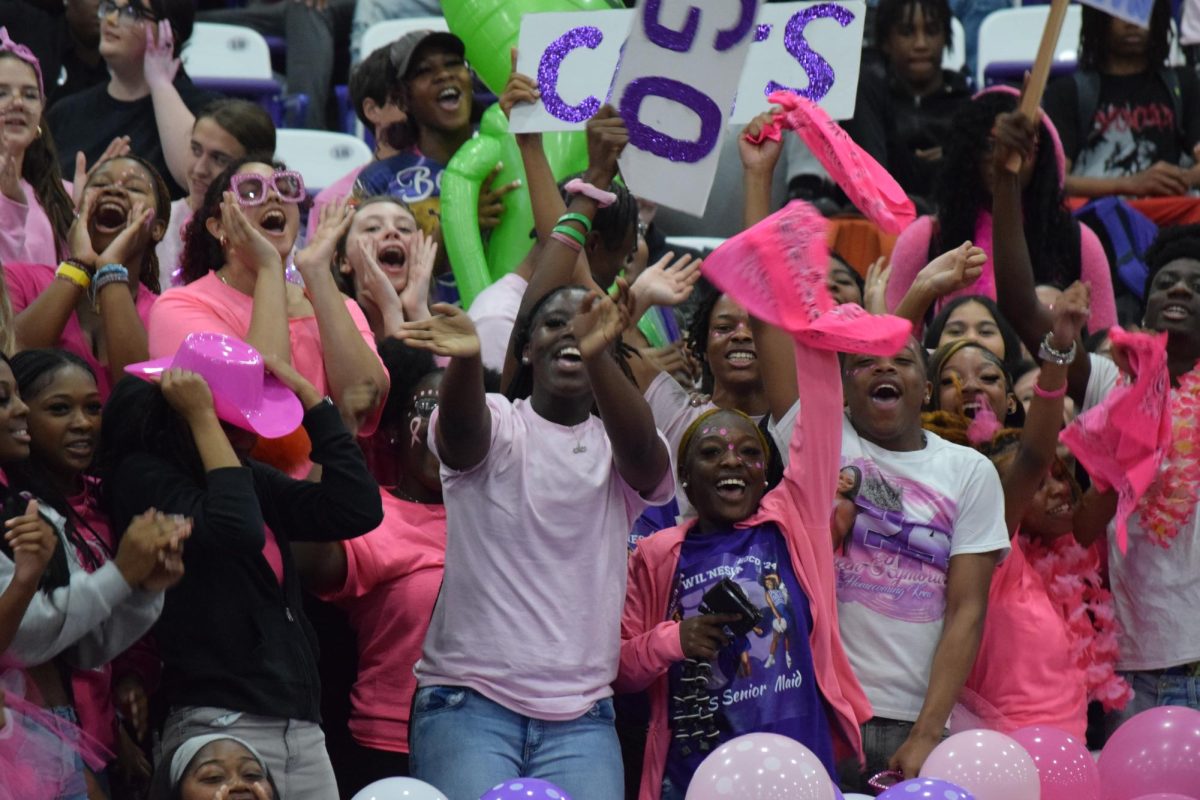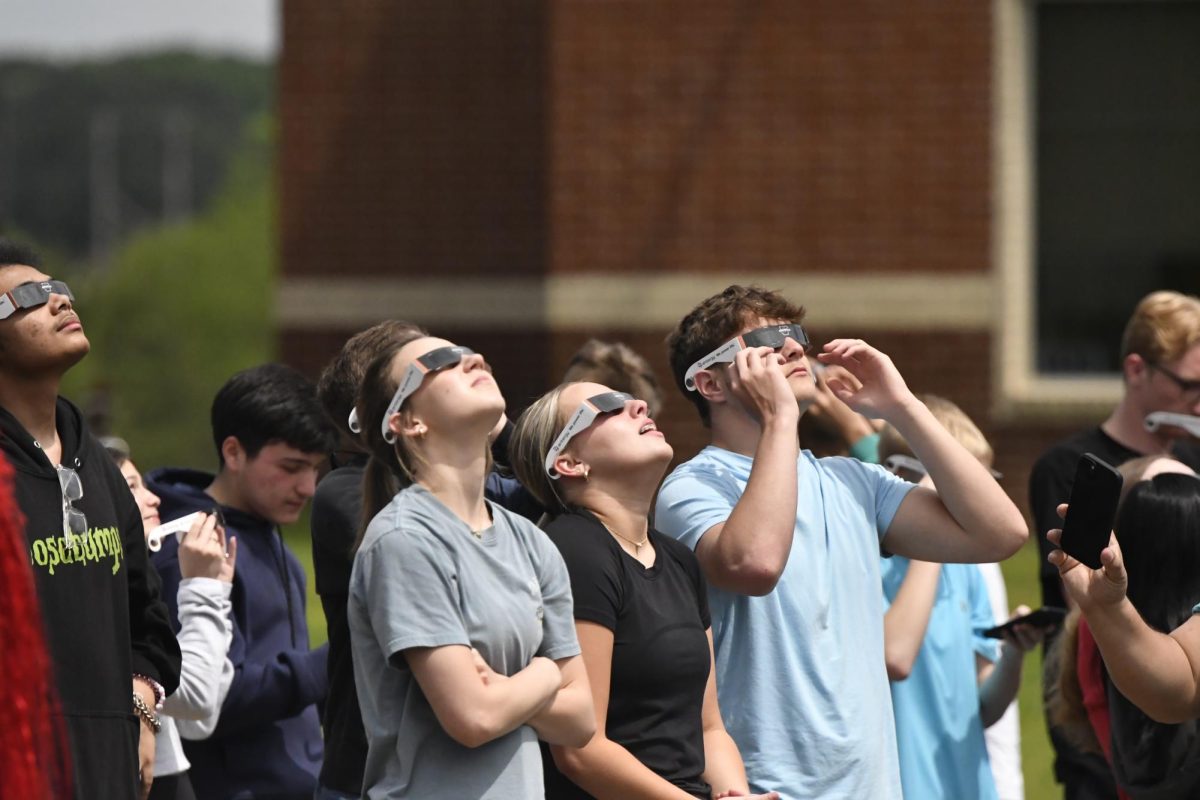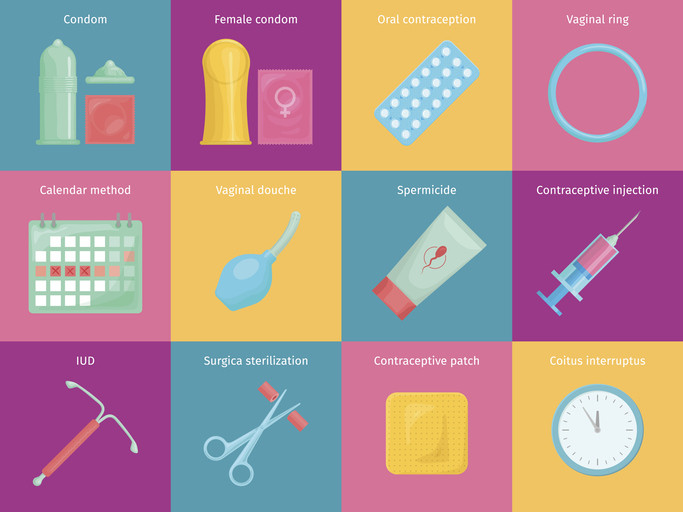Recent bans on TikTok by several countries, driven by concerns regarding data privacy and national security, have left millions of adolescent users to confront the sudden loss of a platform integral to their daily lives. With over 1 billion active users globally, approximately 60% of whom are aged 16 to 24, TikTok serves as a crucial medium for entertainment, social interaction, and creative expression. However, fears regarding its Chinese ownership and data practices have prompted swift governmental action, particularly from the United States, India, and various European nations.
The effects of this ban are already evident. A survey by the Institute for Digital Media reveals that over 70% of adolescents feel “disconnected” without TikTok, indicating its significant role as a social tool. Users report heightened feelings of boredom and anxiety, as TikTok was their primary outlet for creativity and peer engagement. In attempting to adapt, adolescents are turning to platforms such as Instagram Reels, YouTube Shorts, and Snapchat; however, many find these alternatives lacking. As one teen remarked, “I miss the challenges and trends; they enhanced my daily experiences and facilitated connections.”
Responses from parents and educators are mixed. Some express relief over concerns related to screen time and safety, while others lament the loss of a platform that encouraged creativity. High school teacher Mark Walker noted, “It is disheartening to witness the disappearance of a platform that inspired substantial creativity.” The ongoing dialogue about balancing user safety with the need for creative expression challenges lawmakers to develop effective solutions. The long-term effects on adolescents in this changing social media landscape remain uncertain, but TikTok’s cultural impact has undoubtedlyaltered dynamics, posing critical questions about the future role of social media in the lives of Gen Z.







